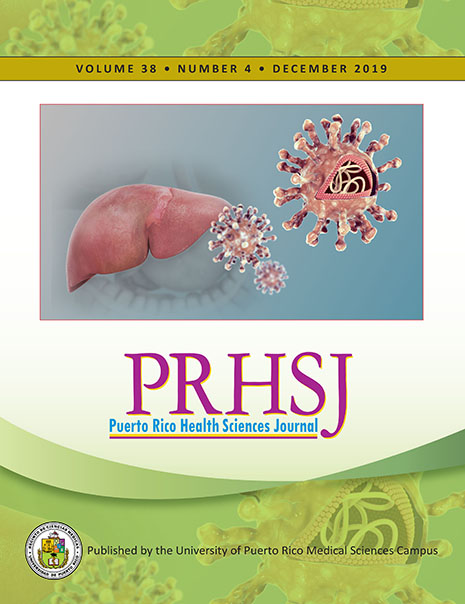Abstract
Posterior reversible encephalopathy syndrome (PRES) is an uncommon clinicoradiological syndrome that is characterized by acute neurological symptoms such as headache, convulsion, visual disturbance, and altered consciousness. The characteristic magnetic resonance (MR) finding is vasogenic edema, predominantly in the subcortical areas of the posterior parietal and occipital lobes on T2‑weighted and fluid‑attenuated inversion recovery (FLAIR) sequences. Herein, we described a rare case of PRES induced by cyclosporine (CsA) after an allogeneic hematopoietic stem cell transplantation (HSCT) from a sibling donor.
Authors who publish with this journal agree to the following terms:
a. Authors retain copyright and grant the journal right of first publication with the work simultaneously licensed under a Creative Commons Attribution License that allows others to share the work with an acknowledgement of the work's authorship and initial publication in this journal.
b. Authors are able to enter into separate, additional contractual arrangements for the non-exclusive distribution of the journal's published version of the work (e.g., post it to an institutional repository or publish it in a book), with an acknowledgement of its initial publication in this journal.
c. Authors are permitted and encouraged to post their work online (e.g., in institutional repositories or on their website) prior to and during the submission process, as it can lead to productive exchanges, as well as earlier and greater citation of published work (See The Effect of Open Access).
